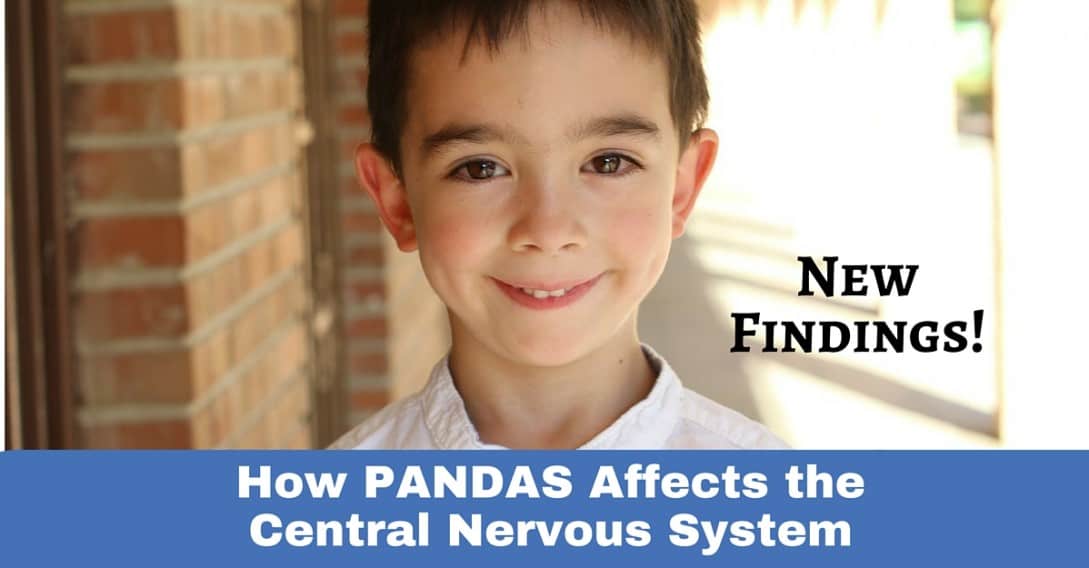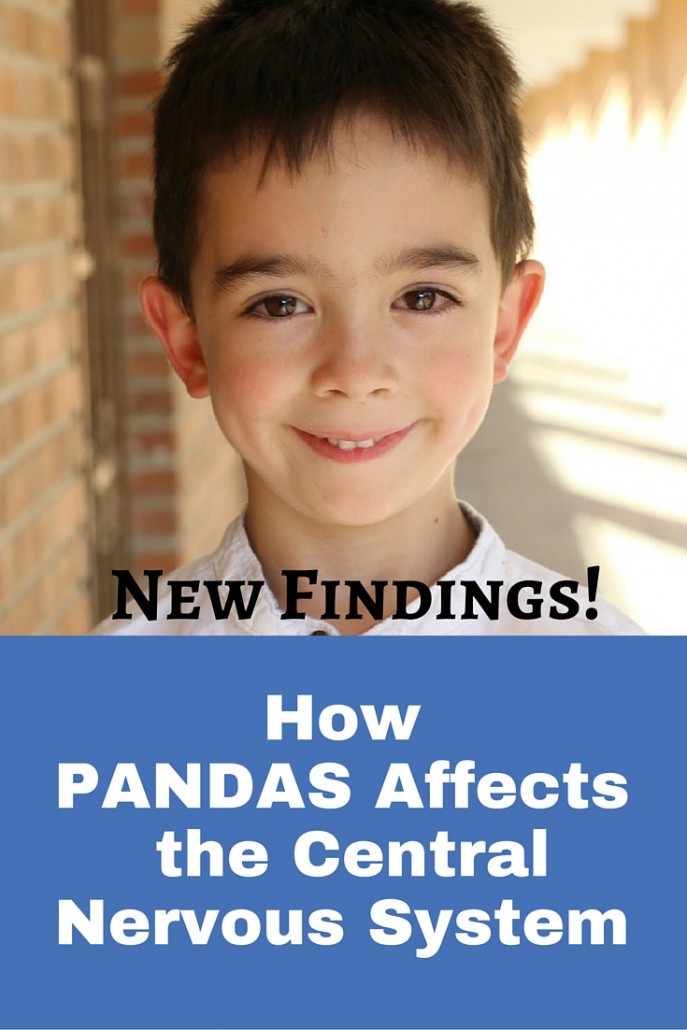How PANDAS Affects the Central Nervous System
Researchers have discovered how immune cells triggered by recurrent Strep A infections enter the brain, cause inflammation, and may lead to autoimmune neuropsychiatric disorders in children, including PANDAS. Children with PANDAS exhibit high levels of anxiety, motor and vocal tics, obsessive-compulsive behaviors and a host of other symptoms that often appear “out of the blue” or increase dramatically, seemingly overnight.Their study found that immune cells reach the brain by traveling along neurons that originate from the nasal cavity.
This study explains, for the first time, exactly how upper respiratory infections can trigger both physical and neuropsychiatric symptoms.
According to the study’s co-leader, Dritan Agalliu, PhD, at Columbia University Medical Center, the Strep A bacterial cell wall contains molecules similar to those found in human heart, kidney, or brain tissue. These “mimicking” molecules are recognized by the immune system, which responds by producing protective antibodies. But because of this molecular mimicry, the antibodies react not only to the bacteria but also to the body’s own tissues. The molecular mimicry process has been well researched by others. But previously, scientists didn’t understand how these autoantibodies would gain access to the brain, because brain vessels form an extremely tight blood-brain barrier. This study answers that question.
Researches have known that recurrent Strep A infections trigger the production of immune cells known as Th17 cells, a type of helper T cell, in the nasal cavity. But it was unclear how these Th17 cells lead to brain inflammation and symptoms such as those seen in children with PANDAS. Through this study, Drs. Agalliu and colleagues found that bacterial-specific Th17 cells move along the surface of olfactory, or odor-sensing, axons that extend from the nasal cavity through the cribriform plate, a sieve-like bone that separates the nasal cavity from the brain. From there, the cells reach the olfactory bulb in the brain, which processes information about odors. The Th17 cells break down the blood-brain barrier and enter the brain,, allowing autoantibodies and additional Th17 cells to enter the brain, causing neuroinflammation.
In addition to illustrating how PANDAS occurs, the study also validated some of the experiences many parents have had regarding their PANDAS children:
- Strep A is not the only trigger – Parents have often reported that infections other than Strep A seem to trigger PANDAS symptoms. This feedback was so abundant that researchers proposed making PANDAS a sub-set of a new, larger category called PANS – Pediatric Acute Onset Neuropsychiatric Syndrome. Unlike PANDAS, PANS does not associate the onset of symptoms specifically to a Strep A infection. Dr. Agalliu’s study shows that Th17 cells persist in the brain for at least 56 days after initial infection, even when nasal tissues no longer show signs of an active infection. “Several other bacterial and viral pathogens, including influenza virus, mycoplasma and Staphylococcus aureus (nasal staph infections) induce robust Th17 responses and could also play a role in an exacerbation of behavioral symptoms in children with PANDAS if autoantibody levels are primed by previous (Strep A) infections.” (pg 11 of article).
- Creating a Feeling of Safety Is Critical – The amygdala, the part of the brain largely responsible for the “fight or flight” response, is directly affected by the neuroinflammation caused by the Th17 migration described in this study. Previous research has focused more on the basal ganglia’s role. By appreciating the primal role the amygdala plays in emotional and social health, cognitive behavior therapies that focus on making a child feel safe might bring calm to a child in crisis.
- Insights Into other Autoimmune Diseases – This study shows evidence of crosstalk between the central nervous system and the immune system, which may help in the understanding of other autoimmune diseases. As other recent studies are now finding, common bacterial and viral infections may trigger a cascade of signaling and inflammation that lead to autoimmune responses in diseases such as Lupus and eczema. Looking for persistent infections and looking for ways to strengthen a compromised blood-brain barrier may hold promise for new treatments.
The findings in this study may lead will hopefully put an end to the “controversy” surrounding this illness.
Adapted from a press release by Columbia University Medical Center










